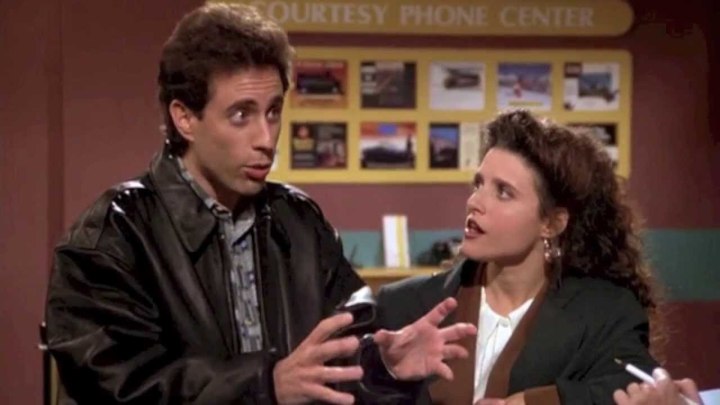
What is “moral hazard,” and why does Silicon Valley Bank have us talking about it again?
What is “moral hazard,” and why does Silicon Valley Bank have us talking about it again?

The fallout from Silicon Valley Bank’s failure has revived some of those financial crisis buzzwords we really, really hoped we wouldn’t have to say again.
“Bailout,” “emergency lending facility” and “credit default swap” have reentered the chat. As has one of the more misunderstood terms in modern economics: “moral hazard.”
Honestly, you’re not going to get a better example of it than this clip from “Seinfeld.”
“The idea of moral hazard is when someone behaves differently, [they’re] less careful because they know that the consequences of their action are going to be insured,” said Tom Baker, professor at the University of Pennsylvania Law School. “They’re not going to bear the cost themselves.”
The term gained traction in the 19th century, when fire insurance companies didn’t want to insure the type of person who leaves the kerosene lamp burning at home when they head out for the evening.
“It was in sort of character underwriting and then in their mantra of ‘Never a gain through loss,'” Baker said.
That was the original “moral” in “moral hazard.” But in modern economics, the phrase is more about how all types of insurance can create perverse incentives.
Got good health insurance? “Sure doc, give me all the tests you got.” Got good insurance on that jalopy? “Maybe I don’t need to doublecheck that I locked the doors.”
And if you’re Silicon Valley Bank?
“The bank may have made the wager that because the federal government did cover uninsured deposits in 2008 that it might do so again — and it was right,” said Patricia McCoy, professor at Boston College Law School.
McCoy said SVB execs probably didn’t say out loud, “The feds will rescue us, so let’s not worry about all these problematic Treasuries on our books.” But maybe they felt a little less worried because of what the feds did in 2008, then again during the pandemic.
“The federal government has said, ‘Read my lips, no new bailouts,’ too many times. It’s simply not believable,” McCoy said.
So when push comes to shove, and a bank with $175 billion in deposits with deep ties to tech gets wobbly, everyone kind of expects the feds to do something.
This hasn’t been a complete bailout. SVB shareholders and bondholders lost their shirts, and execs have been fired.
But the Federal Deposit Insurance Corp. did cover all those startups who kept accounts beyond the formal $250,000 insurance cap.
“It sends a terrible signal long-term,” said Arthur Wilmarth, professor at George Washington University Law School. “People will now absolutely believe that all deposits are protected.”
But if the FDIC didn’t send that message, maybe people panic and withdraw their uninsured deposits from every regional bank in the country. In that case, the financial world could fall part again. That’s why the feds deemed an SVB failure a “systemic risk” to the entire financial system.
Wilmarth said the real antidote to moral hazard in the banking sector is preemptive regulation — preventing the banks from taking bad risks in the first place.
There’s a lot happening in the world. Through it all, Marketplace is here for you.
You rely on Marketplace to break down the world’s events and tell you how it affects you in a fact-based, approachable way. We rely on your financial support to keep making that possible.
Your donation today powers the independent journalism that you rely on. For just $5/month, you can help sustain Marketplace so we can keep reporting on the things that matter to you.

















